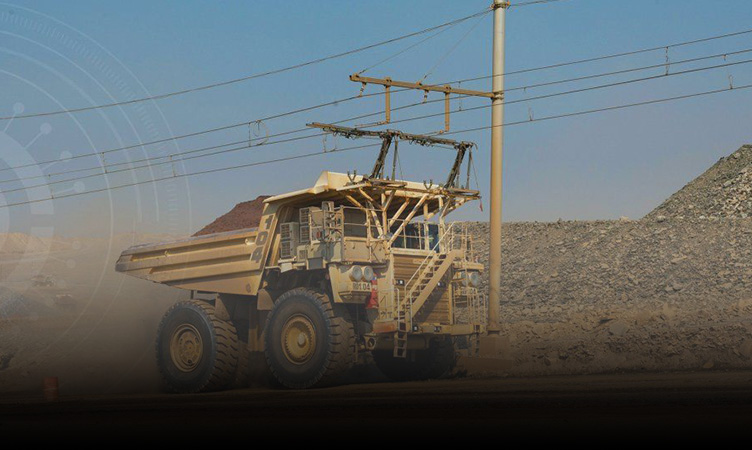When it comes to meeting promised net zero targets, there is no option but to replace diesel with alternatives, including battery-electric vehicles and hybrids powered by hydrogen & diesel or hydrogen & battery for example. RPMGlobal is one company at the forefront of helping model haulage systems that will be using this new technology. Adam Price, Product Manager – Simulation and SIC at RPMGlobal told IM: “Higher-level equations can calculate the overall quantity of energy that the haulage systems may require. On the back of the envelope, it is easy to calculate how much green energy, delivered as electricity or hydrogen, is needed to replace diesel as an energy source. The trickier questions start to bubble to the surface once you look at the details.”
It argues that the only way to answer many of those questions is with a detailed model, and the best modelling method for options analysis in this context is Discrete Event Simulation. “At RPMGlobal, we have been innovating our mine haulage simulation solution, HAULSIM, to align with the future of the mining industry, with a focus on helping our customers model technologies to reduce reliance on diesel as a source of energy.”
A key question to be answered when considering battery electric vehicles is how do you actually get the power onto the mining truck. “The most widely accepted options are dynamic charging from an overhead trolley line (or similar) power source; charging at a fixed location; or, where practical, battery swap. Each option presents questions that don’t need to be answered by the current technology.” These include for trolley or battery trolley, how much trolley line is needed, how many trucks will be on the trolley line at once, and how much energy do they need plus where is the best place on the truck circuit to place the trolley line? Questions relating to standalone battery mining trucks include, how big does that battery need to be, how long will it take to charge the battery, how many trucks will be at a charging station at once and how will utilisation be affected?
RPMGlobal says HAULSIM provides the analysis and information to answer these questions, “so you can identify the most effective haulage solution for your zero-emissions mine, whether that be with an overhead trolley, battery truck or hybrid engine.”
Once a battery is on the truck, regenerative braking can store potential energy from the truck that would otherwise be lost. “The ability to store regenerated energy is a huge advantage and is one of the reasons why hybrid options are available as configuration options. As proven in the car industry, hybrid diesel may be a good stepping stone towards net zero, using currently available technology. With hybrid alternatives, several questions arise, including if you have a battery on board, can you reduce the size of the hybrid power source? How big does the battery need to be and how much energy (hydrogen or diesel) do you need to store on the truck? Finally, can you ensure that there is always room to store regenerative energy without ever running out of power?”
The company adds: “The answer will depend on many variables, including the geometry and size of the operation. Depending on the type of battery, there may be limitations on how quickly a battery can be charged. This may result in trucks having to slow down under trolley lines or during periods of regenerative braking. Modelling this often novel equipment within HAULSIM simulation software gives our customers confidence that they have found the best path forward. It allows them to demonstrate how their operations will operate in this zero-emission environment. HAULSIM gives you the power to understand the changes that come with altering your haulage system, and how to effectively navigate the challenges to optimise your mine site.”











